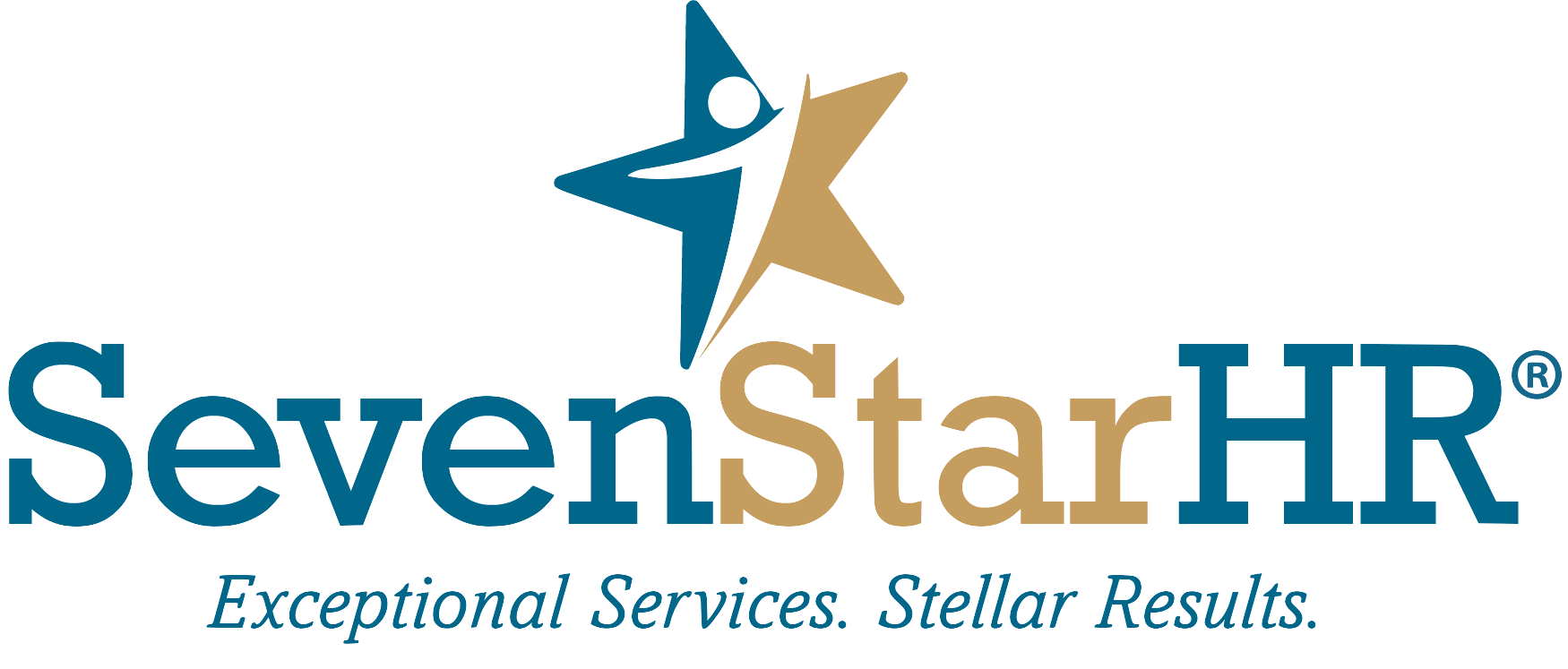New York Becomes First State to Offer Employees Paid Prenatal Personal Leave
In a significant legislative move, Governor Hochul signed an amendment to New York Labor Law § 196-b on April 19, 2024, introducing a groundbreaking provision requiring private employers to offer paid prenatal personal leave to their employees. This makes New York State the first in the nation to mandate such a benefit, highlighting a pivotal step towards supporting the health and well-being of expectant employees.
Effective Date and Usage
Effective January 1, 2025, paid prenatal personal leave allows employees to take time off for necessary health care services related to their pregnancy. This includes medical appointments, physical examinations, procedures, testing, and discussions with healthcare providers directly linked to their pregnancy.
Administration of Entitlement
Employers must administer paid prenatal personal leave in hourly increments. Notably, there is no restriction on the number of times an employee can utilize this benefit within a 52-week period, though it is capped at 20 hours annually.
Payment at Termination
It's important to note that paid prenatal personal leave does not need to be paid out upon termination, resignation, retirement, or other forms of employment separation. Employers are encouraged to clearly outline this policy in their employment handbooks or policy documents.
Concurrent Use with Other Leaves
Paid prenatal personal leave operates separately from New York's existing paid sick and safe leave requirements, which vary based on employer size. While specifics on how paid time off (PTO) policies interact with prenatal leave are yet to be fully clarified, it is anticipated that they will align with existing guidelines for paid sick leave.
Preparing for Implementation
As the implementation date approaches, employers are advised to review their current policies and make necessary adjustments to comply with the new law. Guidance from New York State authorities is expected to provide further clarity on implementation details, ensuring employers can effectively support their employees' needs during pregnancy.

